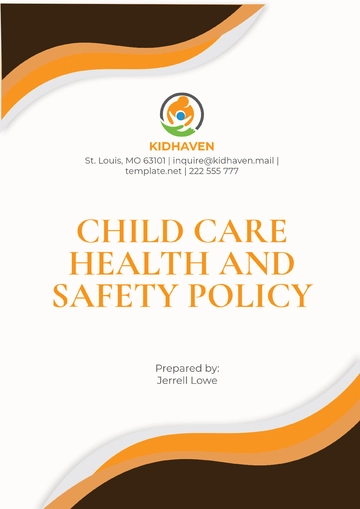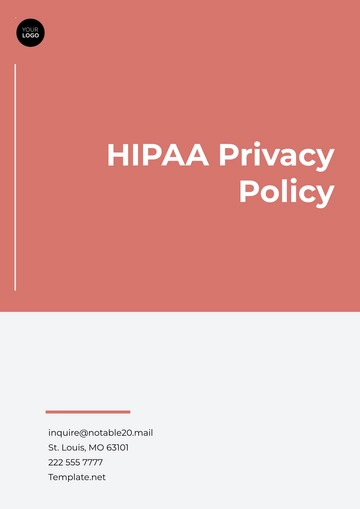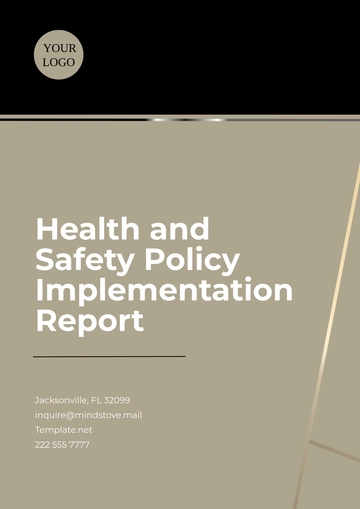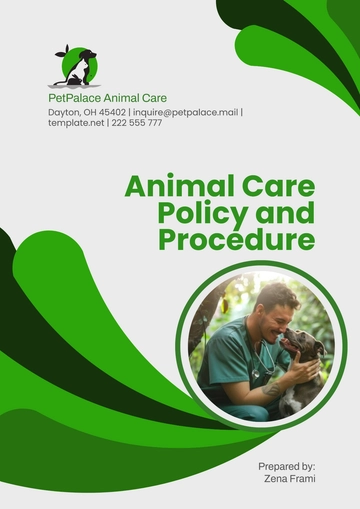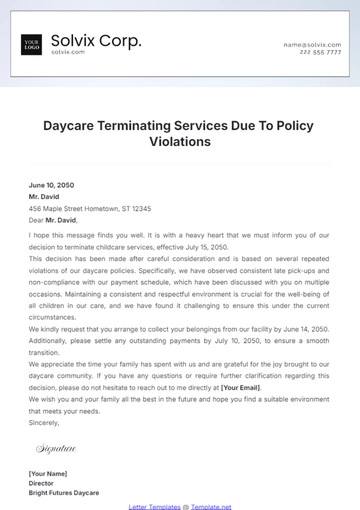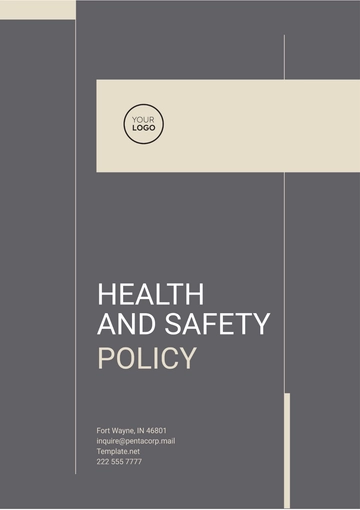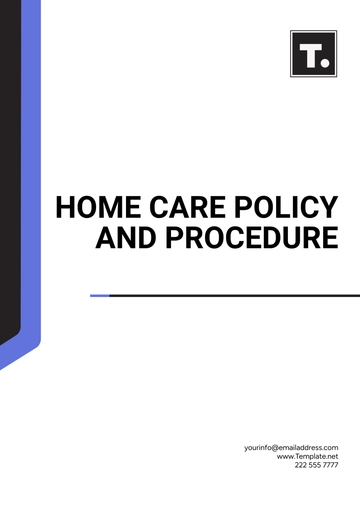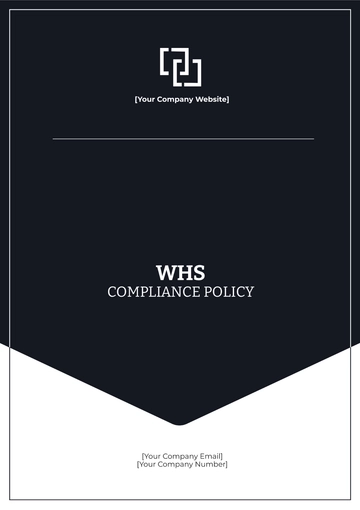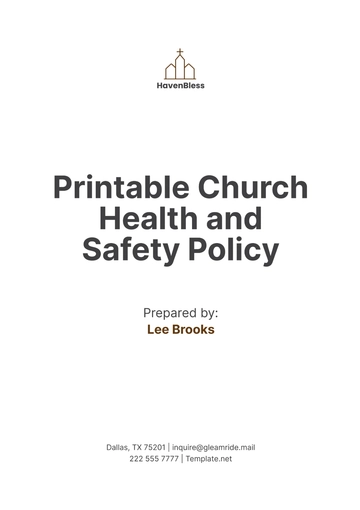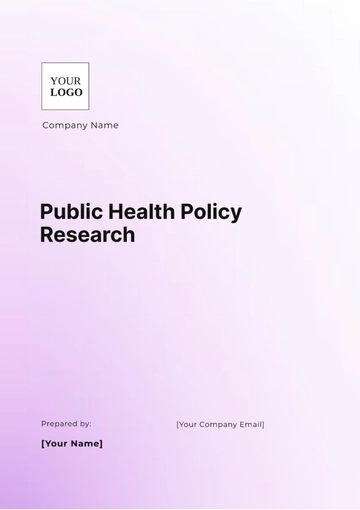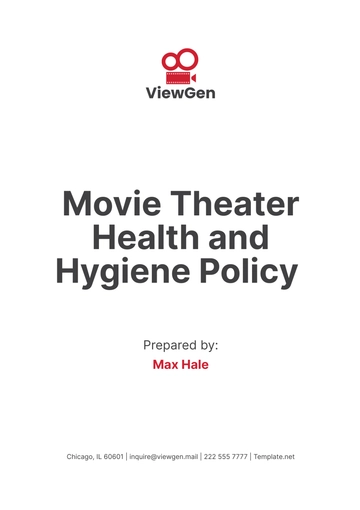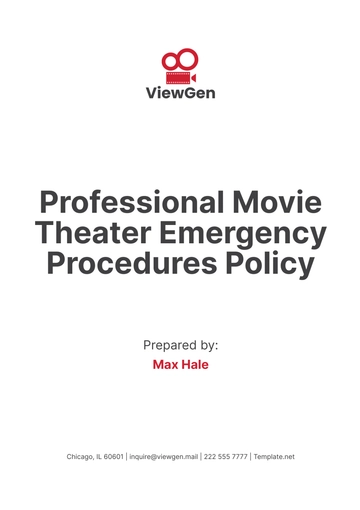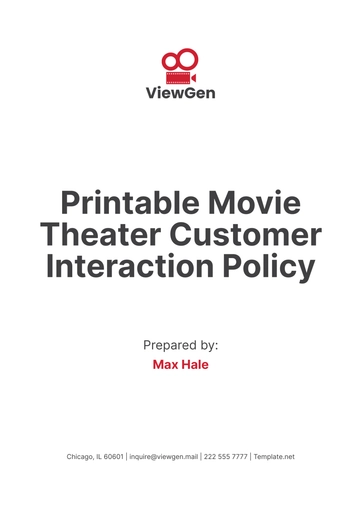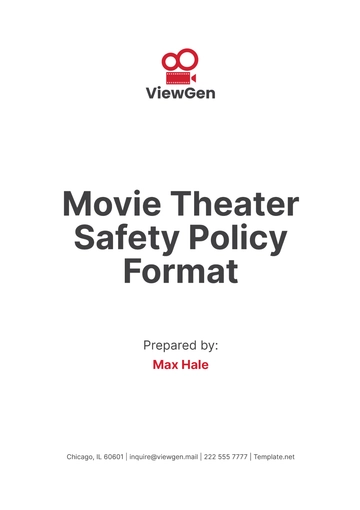Free Nursing Home Grievance Policy
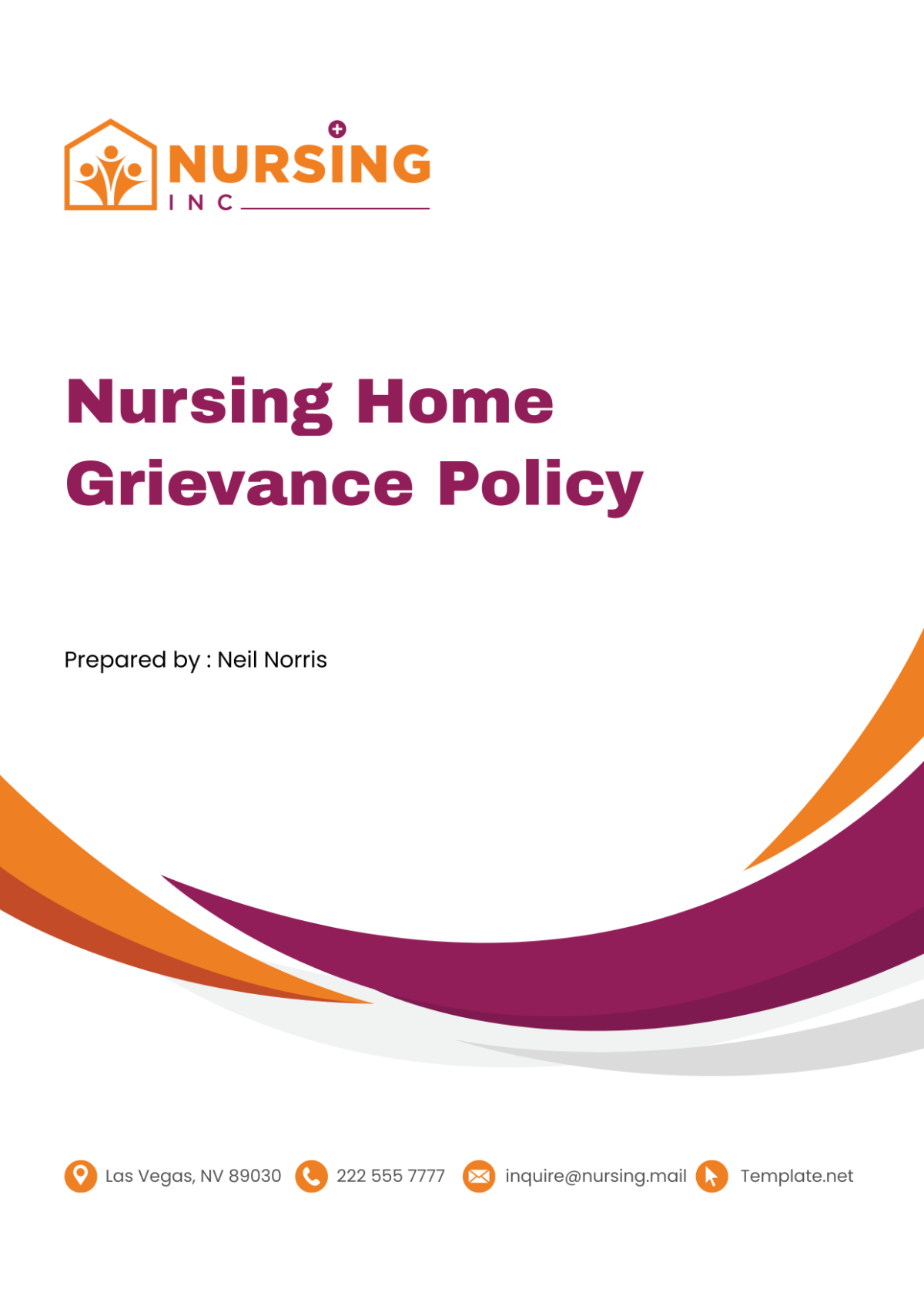
I. Policy Statement
At [Your Company Name], we are dedicated to providing excellent long-term care in an environment that respects the rights, needs, and dignity of our residents. We understand that grievances may arise from time to time, and we are committed to addressing these in a manner that is prompt, fair, and free from retaliation. This commitment is rooted in our belief that every resident deserves to be heard and that their concerns are opportunities for us to improve our services.
This policy outlines the process for lodging a grievance, ensuring that all complaints are addressed in a manner that upholds our commitment to our residents. We have established clear procedures for raising and resolving grievances, which are designed to be easily accessible and user-friendly. Our aim is to ensure that every resident feels comfortable voicing their concerns, knowing that they will be taken seriously and addressed promptly.
We also recognize the importance of transparency in building trust with our residents and their families. Therefore, we commit to keeping all parties informed throughout the grievance process. We believe that by being open about our processes and responsive to our residents’ concerns, we can foster an environment of trust and mutual respect. This, in turn, contributes to the overall well-being and satisfaction of our residents, making [Your Company Name] a better place to live.
II. Scope
A. Applicability
Residents: This policy applies to all residents of [Your Company Name]. We believe that every resident has the right to voice their concerns and have their grievances addressed in a fair and timely manner.
Staff Members: The policy also applies to all staff members. We understand that our staff members play a crucial role in providing care to our residents, and their feedback is invaluable in helping us improve our services.
Administration Personnel: The policy extends to administration personnel as well. Their insights and experiences can provide a unique perspective on our operations and help us identify areas for improvement.
Family Members: Family members of our residents are also covered by this policy. We recognize that they have a vested interest in the well-being of our residents and their feedback can help us ensure that we are meeting our residents’ needs.
Other Stakeholders: Other stakeholders, such as volunteers, contractors, and suppliers, are also covered by this policy. Their interactions with our residents and staff can provide additional insights into our operations.
B. Coverage
Services: This policy covers all services provided by [Your Company Name]. We strive to ensure that all our services meet the highest standards of care and respect for our residents.
Operations: The policy also covers all aspects of our operations. This includes everything from meal preparation and medication management to recreational activities and housekeeping.
Facilities: Our facilities are also covered by this policy. We aim to provide a safe, comfortable, and welcoming environment for our residents.
Staff Conduct: The conduct of our staff is covered by this policy. We expect all our staff members to treat our residents with dignity, respect, and kindness.
Resident Rights: The policy also covers the rights of our residents. We are committed to upholding these rights and ensuring that our residents are treated with the respect and dignity they deserve.
C. Policy Implementation
Policy Awareness: We ensure that all residents, staff members, and administration personnel are aware of this policy. We provide regular training and updates to ensure that everyone understands the policy and their responsibilities under it.
Policy Enforcement: We enforce this policy consistently and fairly. Any violations of the policy are taken seriously and addressed promptly.
Policy Review: We regularly review this policy to ensure that it remains relevant and effective. We welcome feedback from all stakeholders as part of this review process.
Policy Updates: We update this policy as needed based on feedback, changes in regulations, or changes in our operations or services.
Policy Communication: We communicate any changes to this policy to all stakeholders in a timely and clear manner. This ensures that everyone is aware of the current policy and any changes to it.
III. Definitions
In the context of this policy, it’s important to clearly define certain terms to ensure a common understanding among all stakeholders. The following terms have the specified meanings:
A. Grievance
A formal complaint or concern raised by a resident, their family, a staff member, or any other stakeholder. It is an expression of dissatisfaction related to our services, operations, staff conduct, or any other aspect of our nursing home.
B. Complainant
The individual or party who raises the grievance. This could be a resident, a family member, a staff member, or any other stakeholder.
C. Grievance Officer
The designated individual within [Your Company Name] who is responsible for handling and resolving grievances.
D. Retaliation
Any adverse action taken against a complainant or anyone cooperating in the investigation of a grievance. This could include, but is not limited to, unfair treatment, discrimination, or harassment.
E. Resolution
The outcome of the grievance process, which aims to address the complainant’s concerns and restore their confidence in our services.
F. Confidentiality
The principle of keeping the details of the grievance and the identities of the parties involved private. This is crucial in ensuring the privacy and dignity of all parties involved.
G. Policy
This Nursing Home Grievance Policy, which outlines the procedures for lodging a grievance, the process for resolving grievances, and the rights and responsibilities of all parties involved.
H. Staff Members
All employees of [Your Company Name], including both medical and non-medical staff. They play a crucial role in providing care to our residents and are expected to adhere to this policy.
I. Administration Personnel
Individuals involved in the management and administration of [Your Company Name]. They are responsible for ensuring that this policy is implemented and adhered to.
J. Residents
Individuals residing in the nursing home facilities managed by [Your Company Name]. They are the primary stakeholders of this policy and their rights and well-being are our top priority.
IV. Procedure
At [Your Company Name], we have established a clear and systematic procedure for handling grievances. This procedure ensures that all grievances are addressed promptly, fairly, and effectively. The following table outlines the key steps in our grievance procedure:
Step | Description |
|---|---|
Lodging a Grievance | The complainant lodges a grievance through the designated channels. |
Acknowledgement | The Grievance Officer acknowledges receipt of the grievance and provides an estimated timeline for resolution. |
Investigation | The Grievance Officer conducts a thorough investigation into the grievance. |
Action | Based on the findings of the investigation, appropriate action is taken. |
Resolution | The Grievance Officer communicates the resolution to the complainant. |
Follow-Up | The Grievance Officer conducts a follow-up to ensure the complainant’s satisfaction with the resolution. |
A. Lodging a Grievance
This is the first step in the grievance process. The complainant lodges a grievance through the designated channels. This could be through a written complaint, a phone call, or an in-person meeting. We strive to make this process as easy and accessible as possible to encourage residents and their families to voice their concerns.
B. Acknowledgement
Once a grievance is lodged, the Grievance Officer acknowledges receipt of the grievance and provides an estimated timeline for resolution. This acknowledgement serves to reassure the complainant that their grievance has been received and will be addressed.
C. Investigation
The Grievance Officer conducts a thorough investigation into the grievance. This involves gathering all relevant information, speaking with all parties involved, and reviewing any related documents or records. The aim of the investigation is to gain a clear understanding of the issue at hand and identify any areas for improvement.
D. Action
Based on the findings of the investigation, appropriate action is taken. This could involve implementing corrective measures, providing additional training to staff, or making changes to our policies or procedures. The specific action taken will depend on the nature of the grievance and the findings of the investigation.
E. Resolution
Once action has been taken, the Grievance Officer communicates the resolution to the complainant. This communication includes an explanation of the action taken and the steps that will be taken to prevent similar grievances in the future. The aim of this step is to resolve the complainant’s concerns and restore their confidence in our services.
F. Follow-Up
After the resolution has been communicated, the Grievance Officer conducts a follow-up to ensure the complainant’s satisfaction with the resolution. This may involve further communication with the complainant or monitoring the situation to ensure that the corrective measures have been effective.
The grievance procedure is a crucial part of our commitment to providing excellent care and maintaining a positive environment for our residents. By addressing grievances promptly and fairly, we demonstrate our dedication to our residents and their families. Furthermore, the grievance process provides us with valuable feedback that helps us improve our services and operations.
V. Confidentiality and Non-Retaliation
A. Confidentiality
Confidentiality Commitment: We are committed to maintaining the confidentiality of all grievances. We understand that raising a grievance can be a sensitive matter, and we respect the privacy of all parties involved.
Information Protection: All information related to a grievance will be kept confidential and will only be shared with those directly involved in resolving the grievance. This includes the complainant, the Grievance Officer, and any other relevant parties.
Record Security: We have measures in place to protect the privacy of the complainant and any other individuals involved in a grievance. This includes secure storage of records and restricted access to these records.
Privacy Respect: We will respect the wishes of the complainant in terms of how much information they wish to share and with whom. We understand that each individual’s comfort level with sharing information may vary, and we are committed to respecting these preferences.
Confidentiality Breach Prevention: We will ensure that all staff members are trained on our confidentiality policies and understand the importance of maintaining confidentiality. This helps prevent any unintentional breaches of confidentiality.
B. Non-Retaliation
Non-Retaliation Commitment: We have a strict non-retaliation policy. This means that no one will be penalized for raising a grievance or for cooperating in the investigation of a grievance.
Retaliation Prevention: We will take immediate action if any form of retaliation is reported or observed. This includes providing support to the individual who has experienced retaliation and taking disciplinary action against the individual who has engaged in retaliation.
Support and Protection: We will provide support and protection to anyone who raises a grievance or cooperates in an investigation. This includes ensuring that they are not subjected to any adverse consequences as a result of their involvement in the grievance process.
Non-Retaliation Communication: We will regularly communicate our non-retaliation policy to all residents, staff members, and administration personnel to ensure that everyone understands their rights and responsibilities.
Retaliation Monitoring: We will monitor the treatment of individuals who have raised grievances or cooperated in investigations to ensure that they are not subjected to retaliation. This includes regular check-ins with these individuals and prompt action if any signs of retaliation are observed.
VI. Review & Resolution
A. Review of Complaints
Complaint Receipt: All complaints received will be acknowledged by a designated Grievance Officer. This ensures that the complainant knows their grievance has been received and will be addressed.
Comprehensive Review: The Grievance Officer will conduct a thorough review of the complaint and any related information. This comprehensive review allows us to fully understand the nature of the grievance and the circumstances surrounding it.
Objective Analysis: The review will be conducted in an objective and unbiased manner. This ensures that all aspects of the grievance are considered fairly.
Documentation: The findings of the review will be documented. This record of the review process provides a transparent account of how the grievance was handled.
Guidance for Resolution: The findings of the review will be used to guide the resolution process. This ensures that the resolution is based on a thorough understanding of the grievance.
B. Resolution of Grievances
Action Based on Findings: The resolution process will involve taking appropriate action based on the findings of the review. This could include changes to our services or operations, or measures to address the behavior of staff members.
Communication of Resolution: The resolution will be communicated to the complainant in a clear and understandable manner. This communication will explain the steps taken to resolve the grievance and any changes that will be made as a result.
Follow-Up: We will conduct a follow-up after the resolution to ensure the complainant’s satisfaction with the resolution. This may involve further communication with the complainant or monitoring the situation to ensure that the resolution has effectively addressed the grievance.
Continuous Improvement: The resolution of each grievance provides us with an opportunity to improve our services and operations. We will use the insights gained from the resolution process to make ongoing improvements.
C. Timeframe for Resolution
Prompt Resolution: We aim to resolve all grievances within [14] days from the date of receipt. We understand that prompt resolution of grievances is important for the satisfaction of our residents.
Complex Grievances: In some cases, the resolution process may take longer, depending on the complexity of the grievance. In such cases, we will keep the complainant informed about the progress of the resolution process.
Commitment to Timeliness: We are committed to resolving all grievances as quickly and effectively as possible. We understand that timely resolution of grievances is crucial for maintaining the trust and confidence of our residents.
Communication of Delays: If there are any delays in the resolution process, we will communicate this to the complainant and provide an updated timeline for resolution. We believe in keeping our residents informed at all stages of the resolution process.
Efficiency: We strive to resolve all grievances efficiently, without causing unnecessary stress or inconvenience to the complainant. We understand that the resolution process itself should not add to the complainant’s distress.
D. Communication of Resolution
Clear Communication: The resolution of the grievance will be communicated to the complainant in a clear and understandable manner. We believe in transparent communication and will provide a detailed explanation of the resolution.
Explanation of Actions: The communication will include an explanation of the action taken and the steps that will be taken to prevent similar grievances in the future. This helps the complainant understand how we have addressed their grievance and how we plan to improve our services.
Respectful Communication: The communication will be respectful and empathetic, acknowledging the complainant’s concerns and feelings. We understand that raising a grievance can be a difficult experience, and we aim to handle all communication with sensitivity and respect.
Timely Communication: The communication will be timely, ensuring that the complainant is kept informed about the resolution process. We understand that waiting for a resolution can be stressful, and we aim to provide updates as promptly as possible.
Opportunity for Feedback: We will provide the complainant with an opportunity to provide feedback on the resolution and the resolution process. We value our residents’ feedback and use it to continually improve our services and operations.
VII. Reporting
A. Annual Reporting
Report Preparation: An annual report will be prepared summarizing all grievances filed during the year. This report will provide a comprehensive overview of the issues raised by our residents and how they were addressed.
Report Content: The report will include details about the nature of the grievances, the process followed to investigate them, and the resolutions achieved. This will provide a clear picture of how effectively we are addressing our residents’ concerns.
Report Submission: The report will be submitted to the respective oversight authorities. This ensures that we are accountable to these authorities and are meeting our regulatory obligations.
Report Accessibility: The report will also be made available to our residents and their families. This is part of our commitment to transparency and accountability.
Report Utilization: The insights gained from the report will be used to improve our services and operations. We believe in learning from our experiences and continually striving to do better.
B. Oversight Authorities
Regulatory Compliance: We comply with all regulatory requirements related to the management of grievances. This includes submitting annual reports to the respective oversight authorities.
Accountability: Submitting reports to the oversight authorities ensures that we are accountable for our actions and are meeting our obligations.
Transparency: By sharing our reports with the oversight authorities, we demonstrate our commitment to transparency and openness.
Improvement: The feedback we receive from the oversight authorities helps us identify areas for improvement and enhance our services.
Trust: Our compliance with regulatory requirements and our transparency with the oversight authorities help build trust with our residents and their families.
VIII. Review and Revision
A. Regular Review
Annual Review: The policy of [Your Company Name] will be reviewed at least once a year. This review will be conducted by a committee consisting of representatives from management, staff, and residents. The purpose of the review is to ensure that the policy remains effective and relevant, and to identify any areas that may need improvement.
Review Process: The review process will involve a thorough examination of all aspects of the policy, including its scope, procedures, and outcomes. The committee will consider feedback from staff and residents, as well as any changes in laws or regulations that may affect the policy.
Review Findings: The findings of the review will be documented in a report, which will be made available to all staff and residents. The report will include recommendations for any necessary revisions to the policy.
B. Policy Revisions
Revision Process: Any revisions to the policy will be made in consultation with staff and residents. Proposed revisions will be drafted and circulated for feedback before they are finalized.
Approval of Revisions: All revisions to the policy must be approved by the management. Once approved, the revised policy will replace the existing policy and will be communicated to all staff and residents.
Implementation of Revisions: The implementation of any revisions will be carefully planned and managed to ensure a smooth transition. Staff will be provided with training on the revised policy, and residents will be informed of any changes that may affect them.
C. Continuous Improvement
Feedback Mechanism: [Your Company Name] will establish a mechanism for staff and residents to provide feedback on the policy at any time. This could include a suggestion box, an online form, or regular meetings where feedback can be shared.
Response to Feedback: All feedback will be taken seriously and will be considered in the ongoing review and revision of the policy. Individuals who provide feedback will receive a response acknowledging their input and explaining any actions that will be taken as a result.
Commitment to Improvement: [Your Company Name] is committed to continuous improvement and will strive to ensure that its Nursing Home Grievance Policy is as effective and responsive as possible. This commitment will be reflected in the regular review and revision of the policy.
- 100% Customizable, free editor
- Access 1 Million+ Templates, photo’s & graphics
- Download or share as a template
- Click and replace photos, graphics, text, backgrounds
- Resize, crop, AI write & more
- Access advanced editor
Address grievances effectively with the Nursing Home Grievance Policy Template from Template.net! With editable and customizable features, grievance policies can be adapted to meet the unique needs of your facility. Utilize the AI Editor Tool to customize policies to ensure fair and transparent grievance resolution processes in just a clicks!
You may also like
- HR Policy
- Restaurant Policy
- Company Policy
- Accounting Policies and Procedures
- Website Policy
- Privacy Policy
- Safety Policy
- School Policy
- IT and Software Policy
- Law Firm Policy
- Construction Policy
- Interior Design Policy
- Travel Agency Policy
- Education Academic Policy
- Security Policy
- Real Estate Policy
- Expense Policy
- Software Policy
